This article was co-authored by Lisa Bryant, ND and by wikiHow staff writer, Eric McClure. Dr. Lisa Bryant is Licensed Naturopathic Physician and natural medicine expert based in Portland, Oregon. She earned a Doctorate of Naturopathic Medicine from the National College of Natural Medicine in Portland, Oregon and completed her residency in Naturopathic Family Medicine there in 2014.
There are 15 references cited in this article, which can be found at the bottom of the page.
This article has been viewed 493,526 times.
If you’re looking for a natural way to treat a pimple, sea salt may be an ingredient worth exploring. Pimples are often caused by oils clogging your pores, and salt naturally absorbs moisture. As a result, sea salt may be able to speed up the healing process. However, it’s important to note that there isn’t a ton of clinical data proving that sea salt is going to get rid of your pimple. All things considered, sea salt isn’t going to do any harm to your skin, so feel free to mix up a face mask or exfoliating wash with sea salt if you’re looking for something natural to speed up the healing process for your pimple.
Steps
References
- ↑ https://www.today.com/health/9-surprising-ways-salt-can-restore-your-skin-body-1d80257289
- ↑ https://pubmed.ncbi.nlm.nih.gov/15689218/
- ↑ https://onlinelibrary.wiley.com/doi/full/10.1111/j.1468-2494.2012.00731.x
- ↑ https://www.mayoclinic.org/healthy-lifestyle/nutrition-and-healthy-eating/expert-answers/sea-salt/faq-20058512
- ↑ https://www.today.com/health/9-surprising-ways-salt-can-restore-your-skin-body-1d80257289
- ↑ https://www.herzindagi.com/beauty/salt-honey-face-mask-bright-glowing-skin-removes-blemishes-article-160203
- ↑ https://pubmed.ncbi.nlm.nih.gov/24305429/
- ↑ https://pubmed.ncbi.nlm.nih.gov/24305429/
- ↑ https://achs.edu/blog/2019/03/18/natural-skin-care-strategies/
- ↑ https://www.ncbi.nlm.nih.gov/pmc/articles/PMC5435909/
- ↑ https://pubmed.ncbi.nlm.nih.gov/15689218/
- ↑ https://www.today.com/health/9-surprising-ways-salt-can-restore-your-skin-body-1d80257289
- ↑ https://pubmed.ncbi.nlm.nih.gov/15689218/
- ↑ https://onlinelibrary.wiley.com/doi/full/10.1111/j.1468-2494.2012.00731.x
- ↑ https://health.clevelandclinic.org/want-healthy-skin-limit-these-5-types-of-foods/
- ↑ https://www.fda.gov/food/nutrition-education-resources-materials/sodium-your-diet
- ↑ https://health.clevelandclinic.org/want-healthy-skin-limit-these-5-types-of-foods/
- ↑ https://www.ncbi.nlm.nih.gov/pmc/articles/PMC5328355/
- ↑ https://www.mayoclinic.org/diseases-conditions/acne/expert-answers/natural-acne-treatment/faq-20057915
- ↑ https://www.bcm.edu/news/benefits-using-aloe-vera
- ↑ https://www.mayoclinic.org/diseases-conditions/acne/expert-answers/natural-acne-treatment/faq-20057915
- ↑ https://www.aad.org/public/diseases/acne/DIY/wont-clear
- ↑ https://health.clevelandclinic.org/a-dermatologists-advice-on-how-to-get-rid-of-a-pimple/
- ↑ https://www.aad.org/public/diseases/acne/DIY/wont-clear
About This Article
To get rid of pimples using sea salt, start by dissolving 1 part sea salt in 3 parts hot water. You can also add 1 tablespoon of aloe vera gel, green tea, or honey to the mixture to help make your skin even healthier and clearer. Next, apply the mixture to your face using your fingers, being careful to avoid your eyes. Then, leave it on for 10 minutes before rinsing off your face. Finally, apply a non-comedogenic moisturizer so your skin doesn't get too dry, and repeat once a day. For more tips from our Naturopathic Doctor co-author, like how to use a sea salt soak for body acne, scroll down!
-Step-1-Version-3.webp)
-Step-2-Version-3.webp)
-Step-3-Version-3.webp)
-Step-4-Version-3.webp)
-Step-5-Version-3.webp)
-Step-6-Version-3.webp)
-Step-7-Version-2.webp)
-Step-8-Version-2.webp)
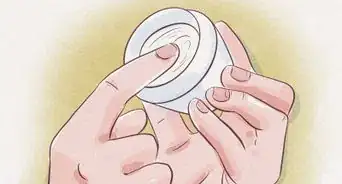
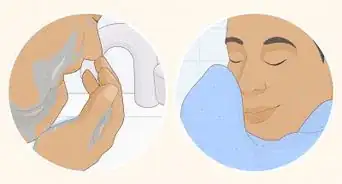

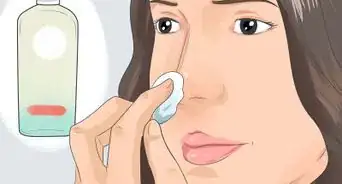
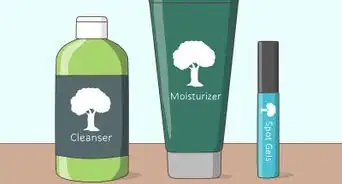
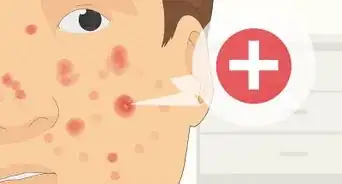
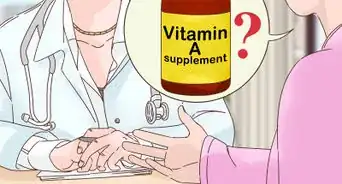
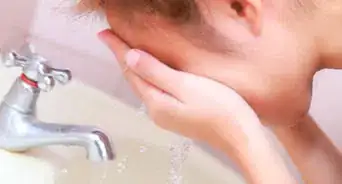

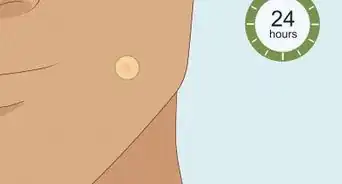
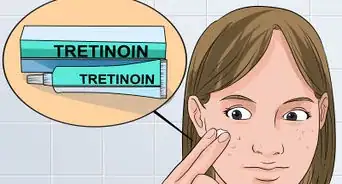
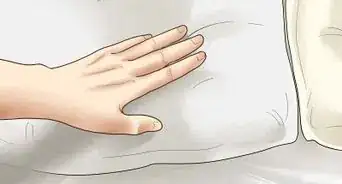










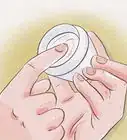
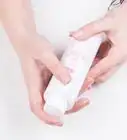





































Medical Disclaimer
The content of this article is not intended to be a substitute for professional medical advice, examination, diagnosis, or treatment. You should always contact your doctor or other qualified healthcare professional before starting, changing, or stopping any kind of health treatment.
Read More...